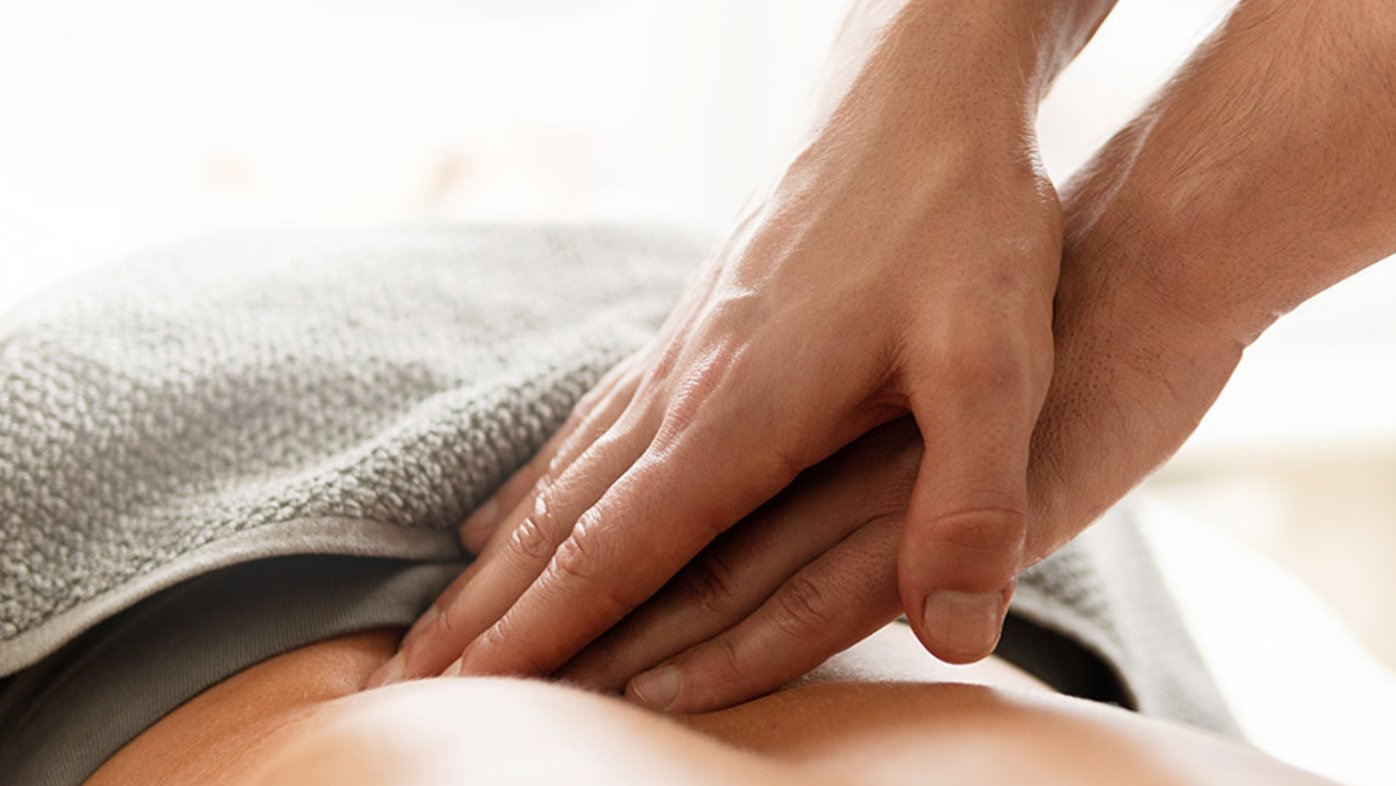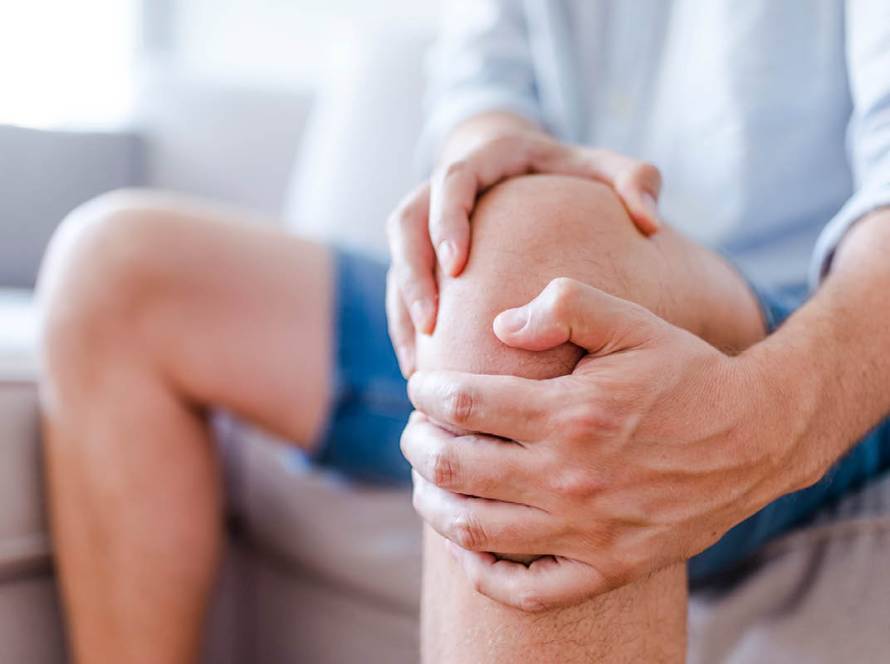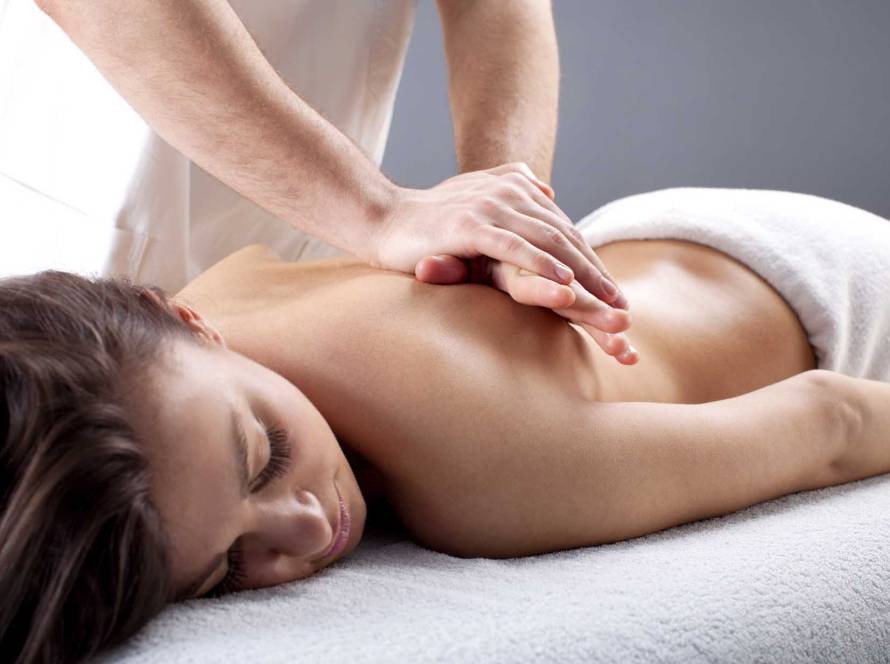Scoliosis, a condition characterized by an abnormal curvature of the spine, can cause pain, discomfort, and limitations in movement.
While various medical treatments are available, remedial massage has emerged as a complementary therapy that can offer significant relief.
Understanding Scoliosis

Scoliosis involves a lateral or sideways curvature of the spine, often accompanied by a rotation of the vertebrae. This can lead to uneven shoulders, a prominent rib on one side, and an overall imbalance in the body’s alignment.
Scoliosis can occur in children and adults with varying degrees of severity.
Remedial Massage: A Therapeutic Approach
Remedial massage is a targeted massage therapy that addresses specific musculoskeletal issues.
It involves various techniques, including deep tissue massage, myofascial release, and trigger point therapy, tailored to the individual’s condition.
Techniques used in Remedial Massage for Scoliosis

Deep Tissue Massage
Deep tissue massage plays a crucial role in the management of scoliosis-related discomfort. This method is particularly effective in targeting chronic muscle tension, a common issue for individuals with scoliosis.
The technique involves applying firm pressure and slow strokes to reach deeper layers of muscle and fascia. For those with scoliosis, the curvature of the spine often leads to muscle stiffness on one side more than the other.
Deep tissue massage focuses on these imbalanced areas, specifically targeting the muscles along the curve where tension is typically heightened. B
By loosening these tight muscles, deep tissue massage not only helps reduce pain but also aids in correcting postural imbalances caused by scoliosis.
Myofascial Release
Scoliosis often results in myofascial pain, stemming from the uneven stress and strain on the body’s musculoskeletal system.
Myofascial release is a gentle yet effective technique that addresses these issues directly. The method involves applying light and sustained pressure to the connective tissues, known as fascia, surrounding and supporting muscles.
Myofascial release helps alleviate pain and restore normal movement by carefully stretching and releasing these fascial layers. This technique is especially beneficial for scoliosis patients, as it addresses the tension and tightness in the fascia that can exacerbate the discomfort and rigidity associated with the spinal curvature.
Trigger Point Therapy
Trigger point therapy is another vital component in the remedial massage approach to treating scoliosis.
Trigger points, often called muscle knots, are tender spots in the muscles that can cause significant pain and discomfort.
In the case of scoliosis, these trigger points commonly develop in the back muscles as a response to the abnormal spinal alignment.
Trigger point therapy involves applying direct pressure to these specific areas, helping to release the tension in these knots. This release provides immediate relief from pain and helps improve muscle function and overall posture.
For individuals with scoliosis, alleviating these trigger points can be instrumental in managing back pain and enhancing the effectiveness of other scoliosis treatments.
Benefits of Remedial Massage for Scoliosis
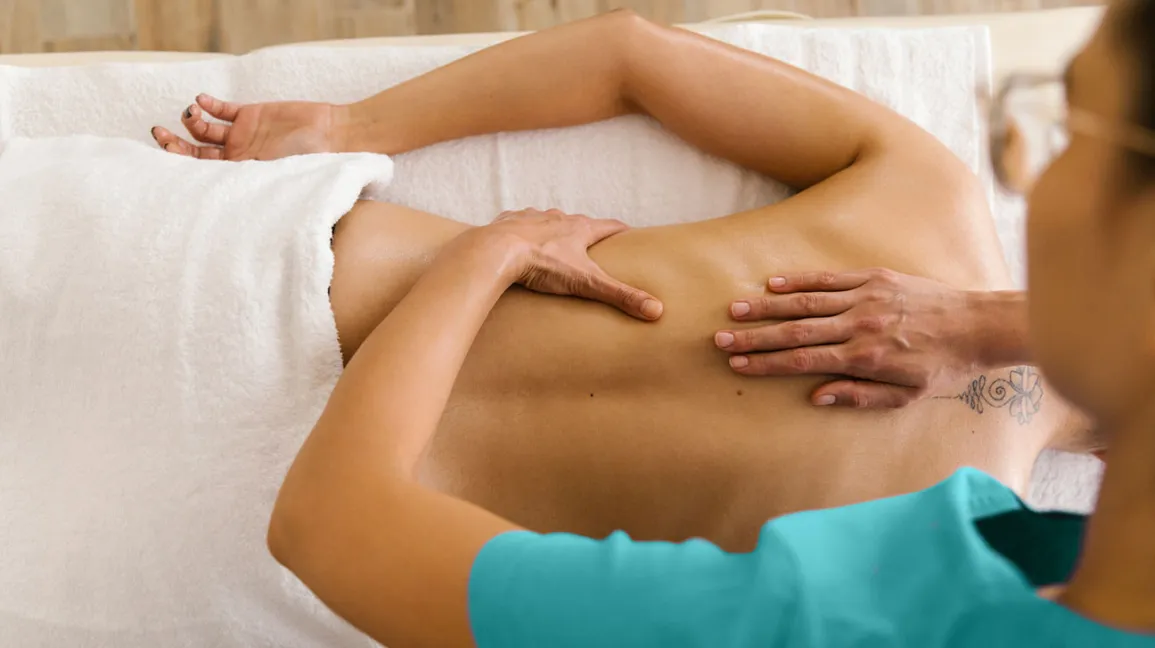
Pain Relief
One of the most significant benefits of remedial massage for individuals with scoliosis is the considerable pain alleviation.
Scoliosis often causes muscle imbalances and tension due to the abnormal curvature of the spine.
Remedial massage techniques are designed to directly address these areas of tension, helping to ease discomfort and reduce pain.
The therapy works by relaxing tightened muscles and improving alignment, which, in turn, lessens the strain on the spine and surrounding tissues. Relief from pain is immediate and contributes to long-term comfort and a better quality of life.
Improved Flexibility and Mobility
Another critical benefit of remedial massage in scoliosis is enhancing flexibility and mobility.
The irregular spinal alignment characteristic of scoliosis can restrict the movement of the spine and the surrounding muscles.
Regular massage sessions can help to loosen and lengthen these muscles, increasing the range of motion. Improvement in flexibility makes daily activities and movements much more comfortable and less restrictive for individuals with scoliosis.
Reduced Muscle Tension and Spasms
Scoliosis can lead to chronic muscle tension, especially around the spine, where the curvature is most pronounced.
Remedial massage plays a vital role in relaxing these tense muscles, reducing the frequency and intensity of muscle spasms.
The techniques used in remedial massage, such as kneading and stroking, help to release the tension accumulated in the muscles. Reducing muscle tension provides physical relief and helps prevent the exacerbation of scoliosis symptoms.
Enhanced Circulation
Improved circulation is another notable benefit of remedial massage for scoliosis patients.
The massage techniques help stimulate blood flow throughout the body, including the areas affected by scoliosis.
Enhanced circulation means more oxygen and nutrients are delivered to the muscles and tissues, aiding their healing and reducing inflammation. This improved blood flow can also contribute to faster recovery from muscle soreness and injuries, making it an invaluable component of managing scoliosis.
Stress Reduction
Living with a chronic condition like scoliosis can lead to significant levels of stress and anxiety.
Remedial massage has been shown to reduce stress hormones in the body, such as cortisol, promoting a sense of relaxation and well-being.
The calming effect of massage therapy not only helps in reducing mental stress but also contributes to overall physical relaxation. This stress reduction is crucial for individuals with scoliosis, as stress can often exacerbate physical symptoms and pain.
In summary, remedial massage offers many benefits for individuals suffering from scoliosis.
From providing pain relief and enhancing flexibility to reducing muscle tension and improving circulation, it addresses the condition’s physical and psychological aspects.
Incorporating remedial massage into the treatment plan for scoliosis can be a pivotal step towards achieving better health and an improved quality of life.
Considerations and Cautions
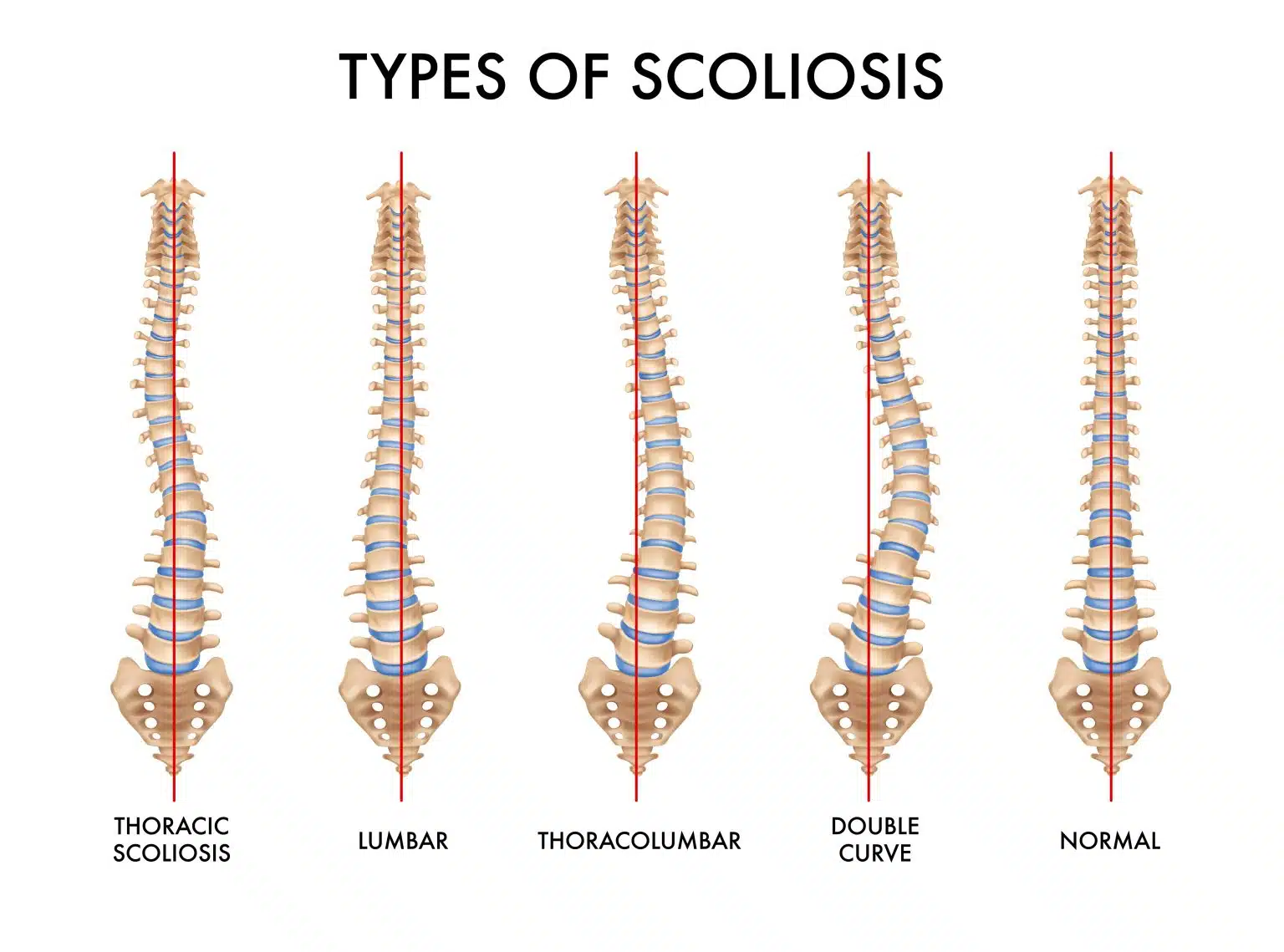
- It’s crucial to consult with a healthcare provider before starting any new treatment for scoliosis. ‘GC Remedial Massage’ recommends consulting with your nearest spinal healthcare professional.
- Remedial massage should be performed by a licensed therapist with experience treating scoliosis clients.
- The pressure and techniques should be adjusted according to the individual’s comfort and the severity of their condition.
When seeking healthcare providers to treat scoliosis, it’s essential to consider a team approach, as this condition can affect various aspects of health.
Here are some key healthcare providers for proper diagnosis, management and treatment of scoliosis:
- Orthopedists or Orthopedic Surgeons
- Pediatricians or Primary Care Physicians
- Physical Therapists
- Chiropractors
- Occupational Therapists
- Spine Specialists
- Pain Management Specialists
Conclusion
Remedial massage offers a promising complementary therapy for individuals with scoliosis, helping to alleviate pain, improve mobility, and enhance overall quality of life.
By addressing the specific needs and challenges posed by spinal curvature, remedial massage can play a crucial role in managing the symptoms of scoliosis and promoting physical and mental well-being.
Any treatment should be pursued in consultation with healthcare professionals to ensure a safe and effective approach to managing scoliosis.
Book GC Remedial Massage To Help Alleviate Pain & Discomfort

